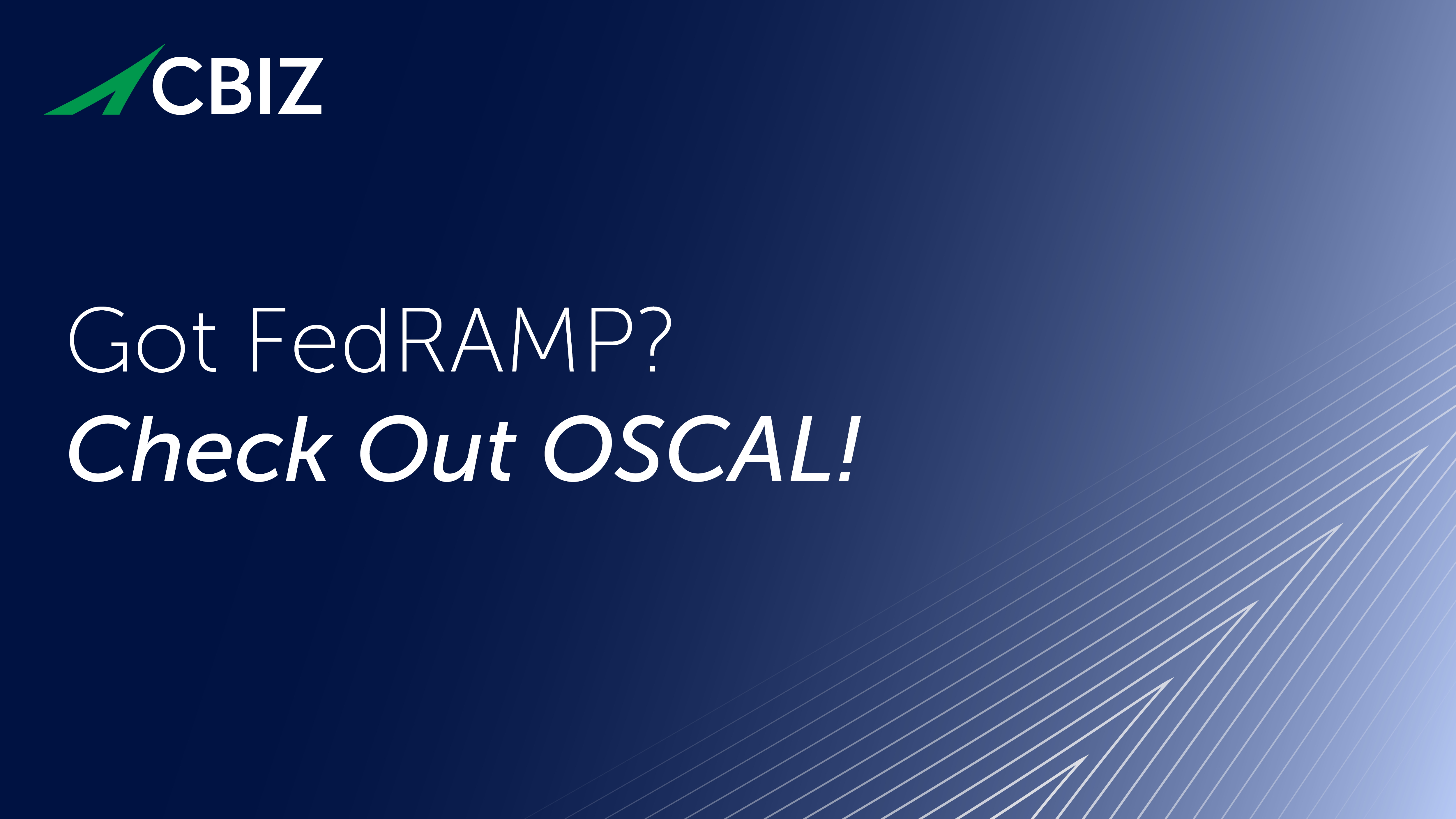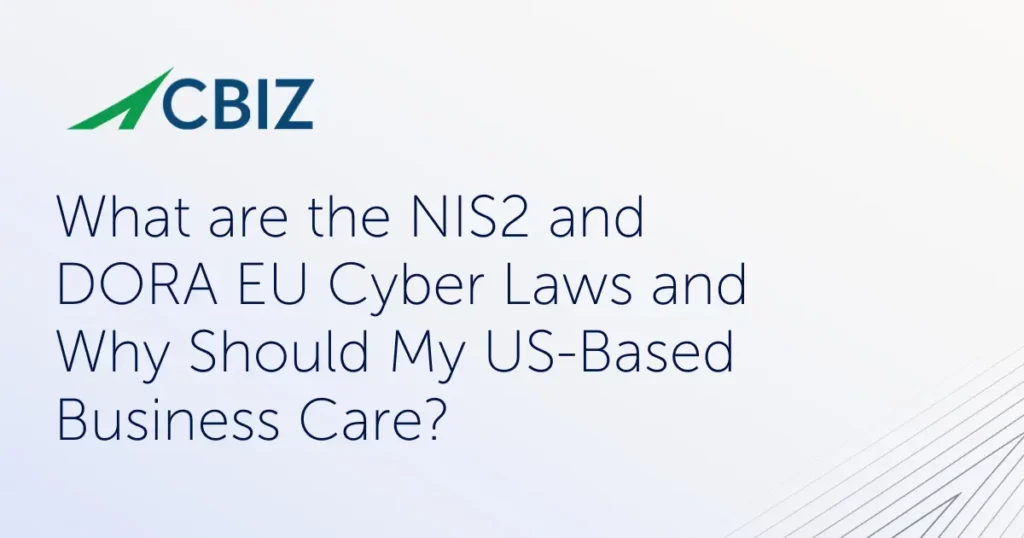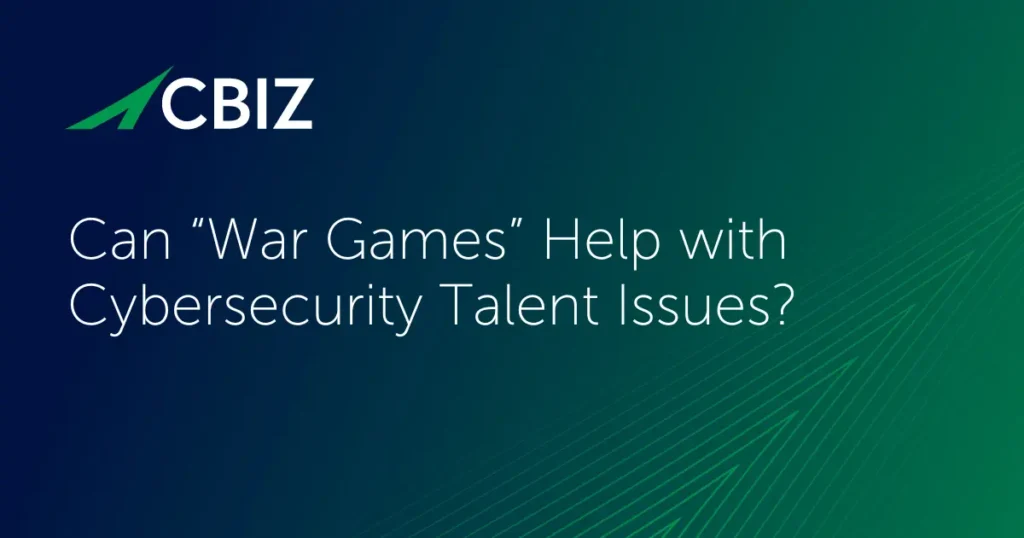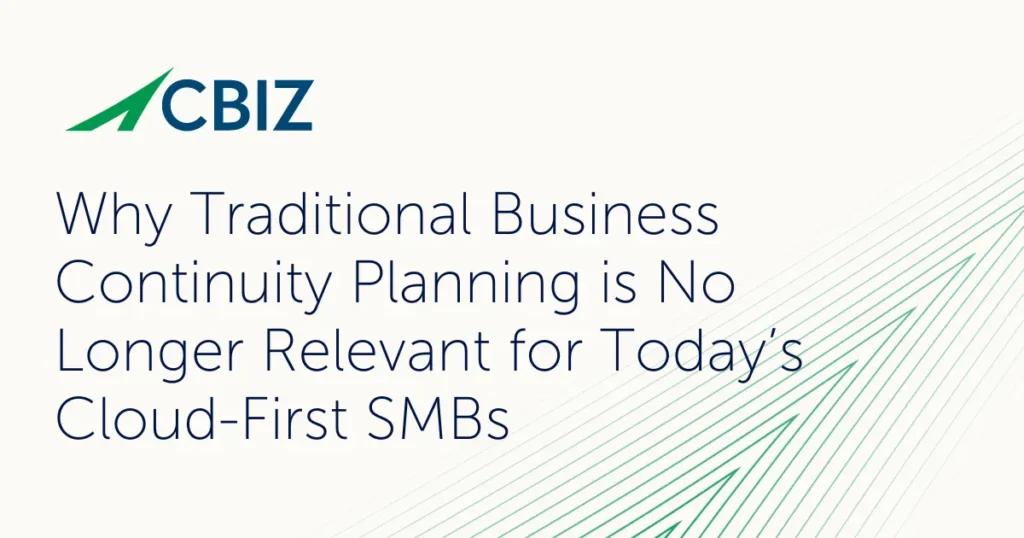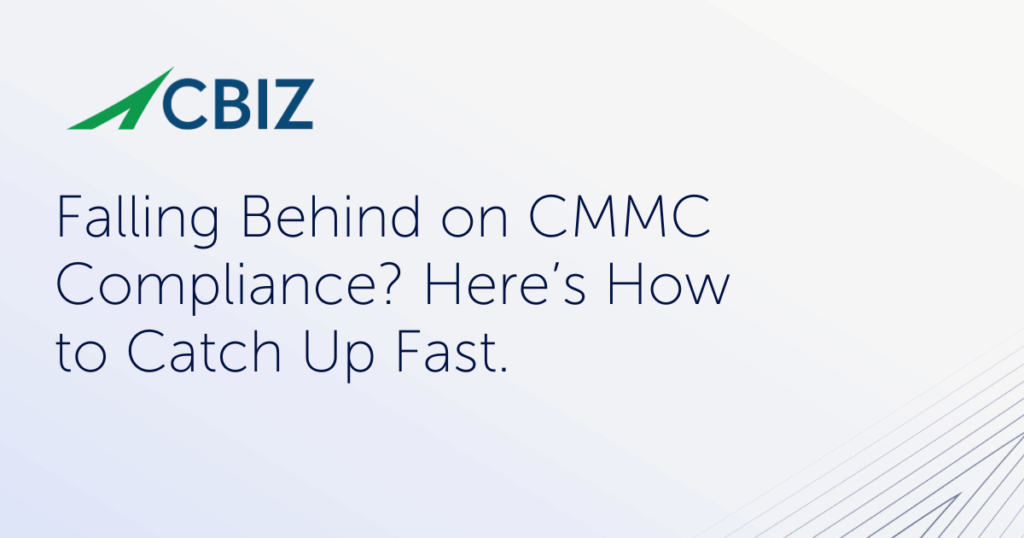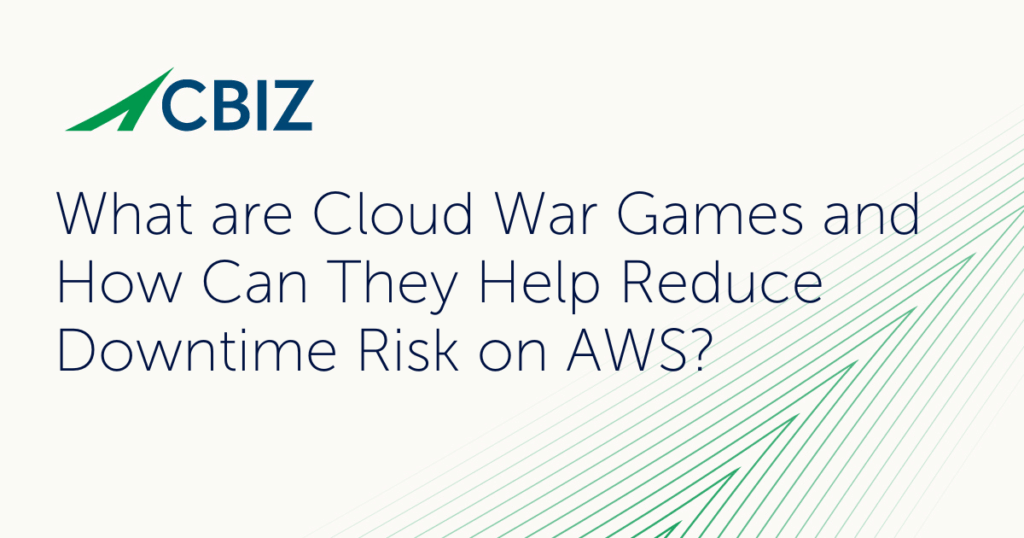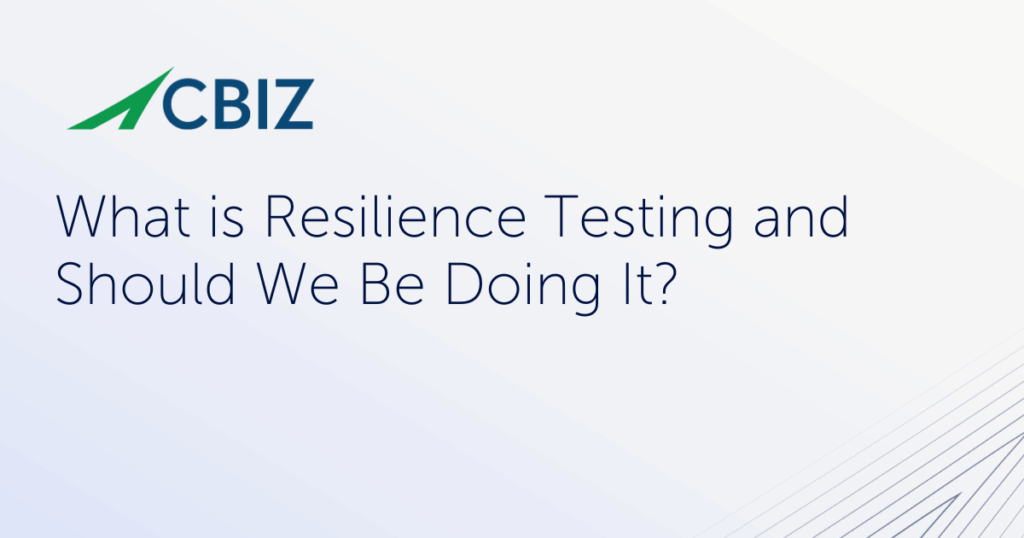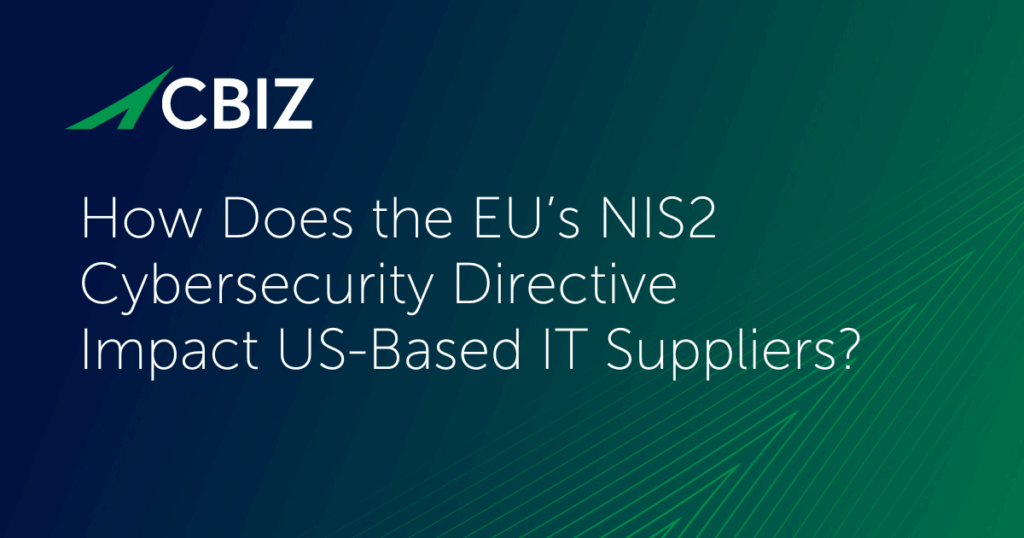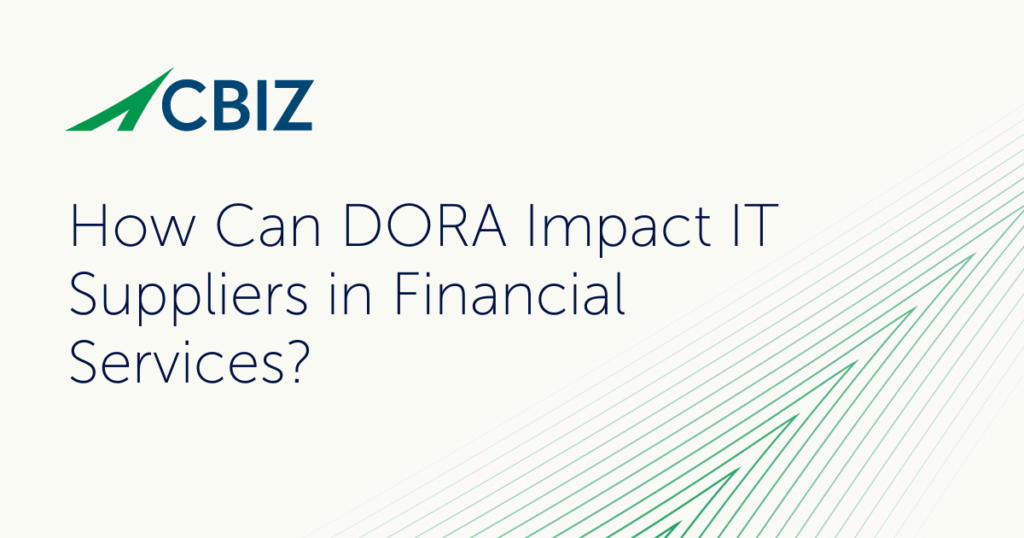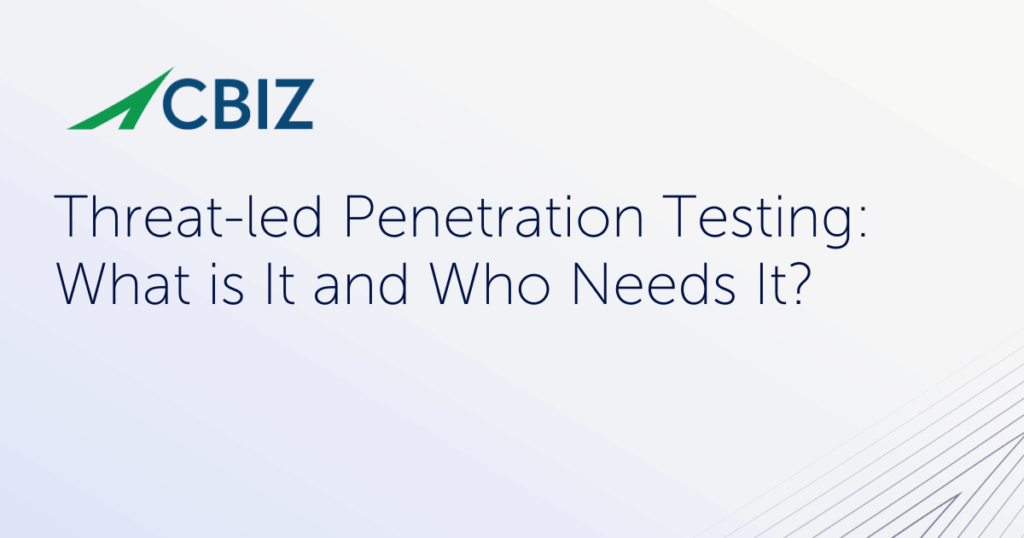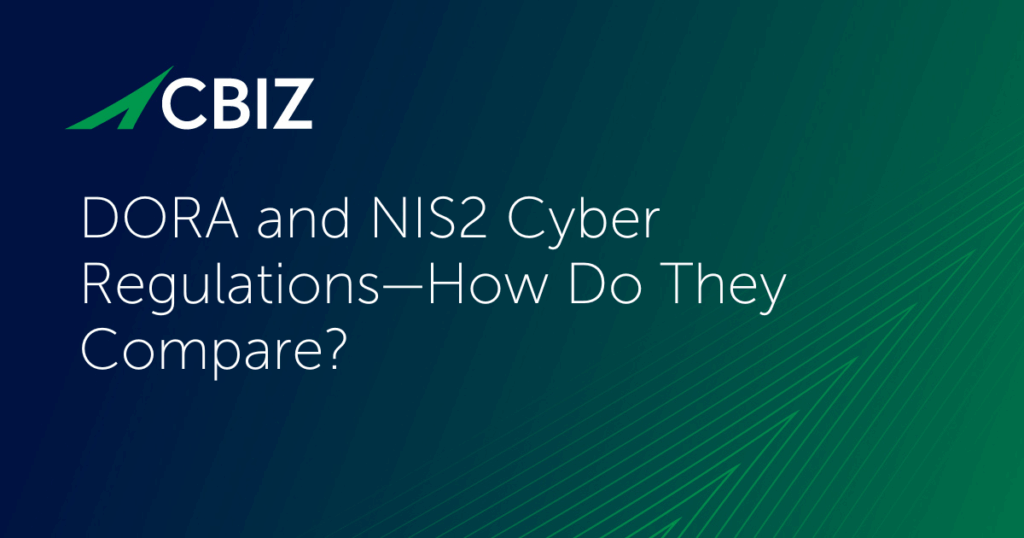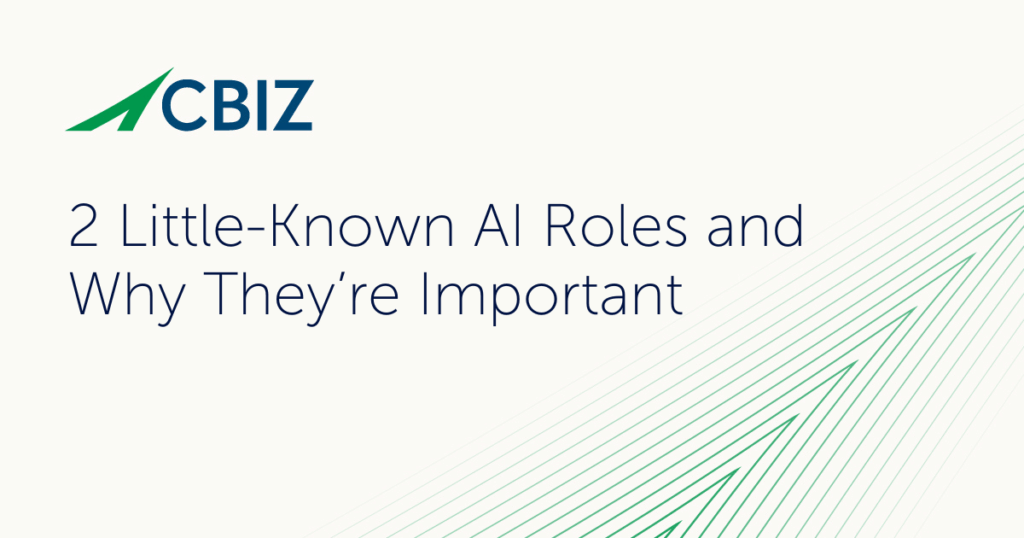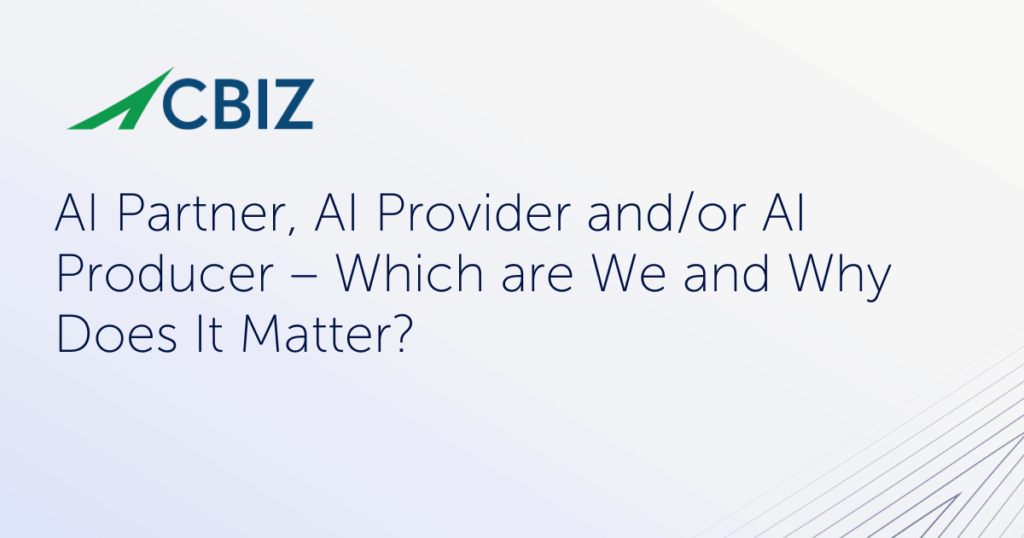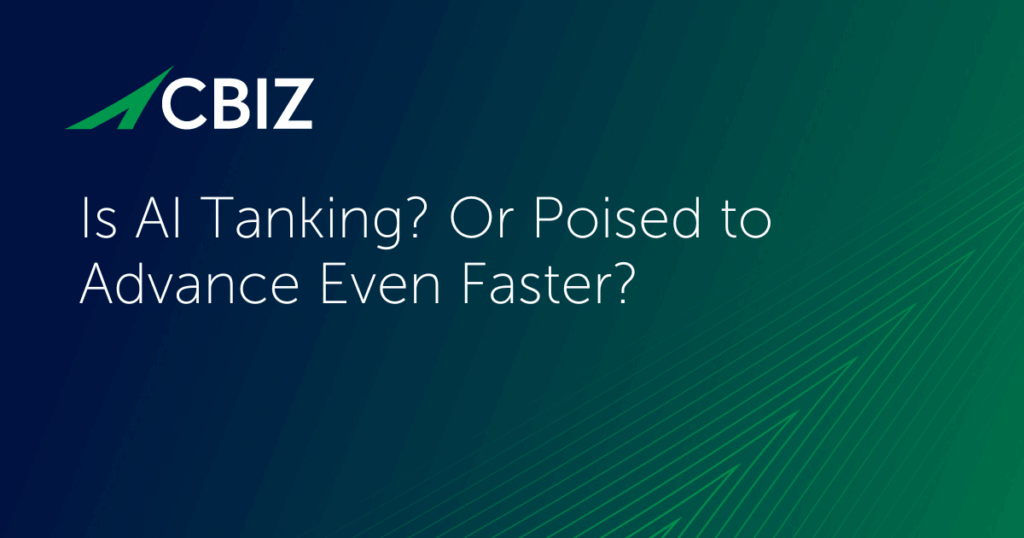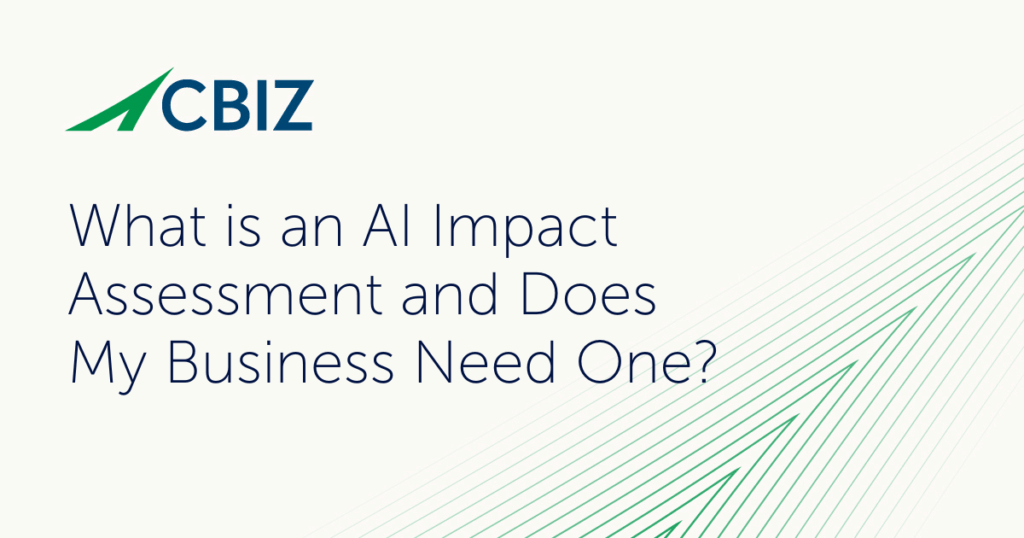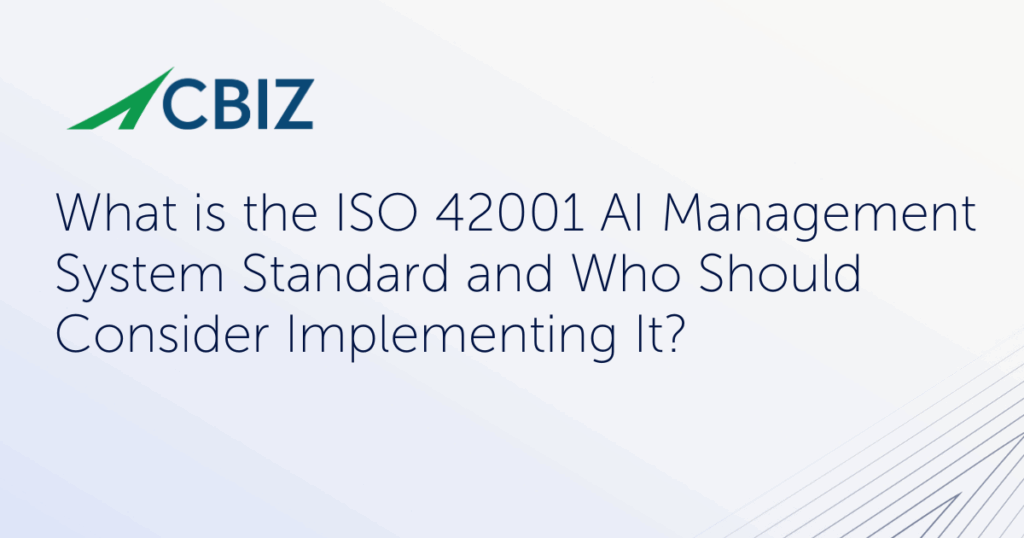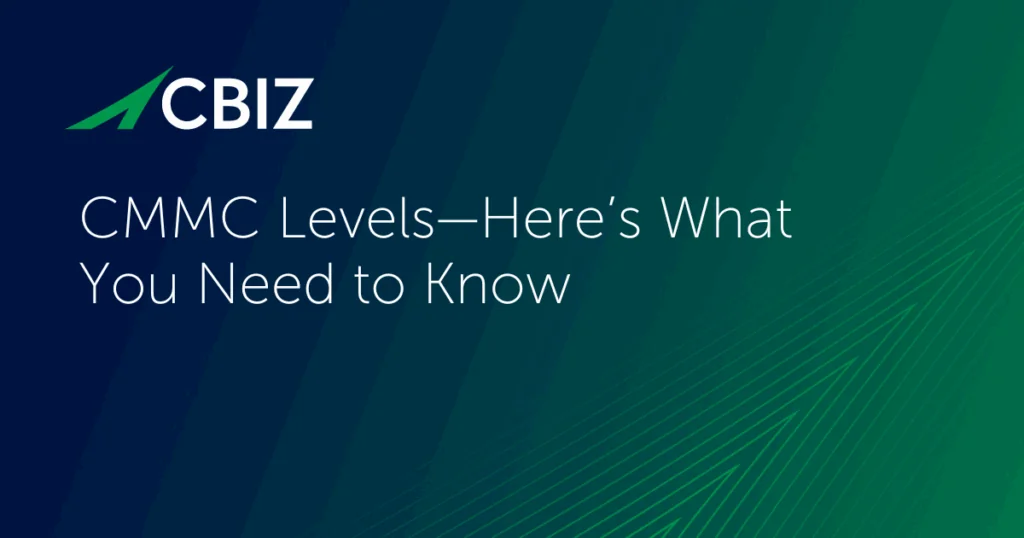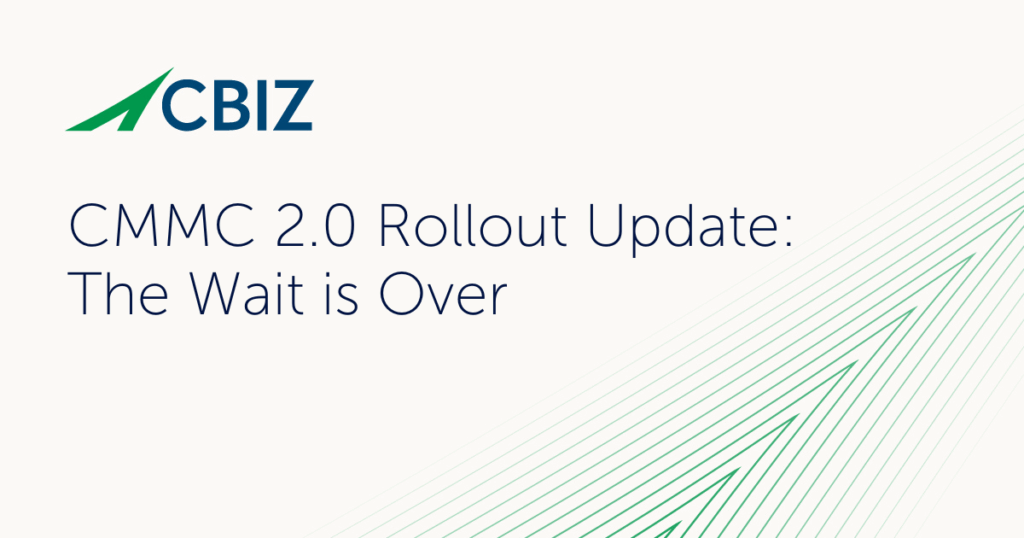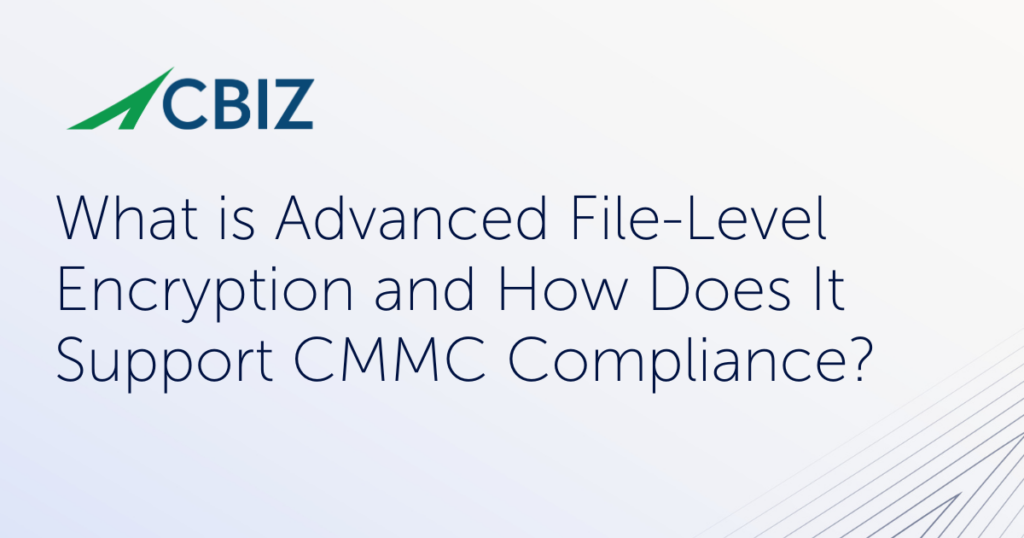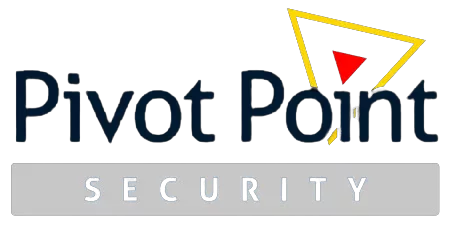Last Updated on November 19, 2025
The Federal Risk and Authorization Program (FedRAMP) for cloud service offerings is among the most challenging cybersecurity standards to meet. To help improve agency implementation compliance, FedRAMP in collaboration with NIST advocates adoption of the Open Security Controls Assessment Language (OSCAL).
A July 2024 “FedRAMP Memo” from the US Office of Management and Budget (OMB) sets a two-year timeline for agencies involved in FedRAMP authorizations to adopt OSCAL. All cloud service providers (CSPs), third-party assessment organizations (3PAOs), agencies, and other stakeholders are encouraged to leverage OSCAL formats to create and/or process computer-readable cybersecurity compliance documentation. This includes control catalogs, control baselines, system security plans (SSPs), Plans of Action & Milestones (POA&Ms), and system assessment documents.
Benefits of OSCAL adoption include greatly improved speed, accuracy, and efficiency across CSP, audit, and review processes. This article shares how OSCAL can support FedRAMP alignment for various stakeholders.
How do FedRAMP and OSCAL relate?
The overarching purpose of FedRAMP is to ensure that US government agencies can effectively manage the cybersecurity risks associated with using third-party cloud service. NIST and FedRAMP partnered to create OSCAL to accelerate FedRAMP compliance/authorization efforts and compress time to value for all stakeholders by automatically generating and processing the required FedRAMP documentation. This includes:
- Helping CSPs digitize their Security Package documents using a standard language.
- Accelerating FedRAMP and agency reviews with automated, machine-readable compliance checks.
- Building a marketplace of tools that can communicate and integrate to expand the time and cost benefits of OSCAL-driven automation.
By describing cybersecurity controls and other program elements in machine-readable format, OSCAL will improve FedRAMP assessment accuracy, effectiveness, and uniformity.
How can FedRAMP stakeholders use OSCAL?
Along with other recent steps, OSCAL’s development and promotion reflects the US government’s ongoing efforts to simplify FedRAMP and other cybersecurity programs. OSCAL’s data-driven approach means reduced complexity, less human effort, faster documentation reviews, and reduced “time to ATO.” OSCAL also makes compliance documentation much more flexible and amenable to change as control frameworks (e.g., the NIST 800-53 controls for FedRAMP) evolve to cover new technologies and cyber threats.
Here are some of the ways that different FedRAMP stakeholders can leverage OSCAL:
- Achieving and maintaining a coveted FedRAMP Authority to Operate (ATO) is notoriously time-consuming, difficult and expensive for CSPs, with compliance documentation being one of the most fraught and overwhelming aspects. Many organizations struggle to uphold compliance monitoring and documentation between audits across hundreds of cybersecurity controls. The complexities of tracking this data manually can be a full-time job for multiple skilled professionals. CSPs can use OSCAL document formats to automatically update their SSPs, control implementations, assessment plans, POA&Ms, and other documentation to significantly reduce compliance cost and effort.
- 3PAOs can use the OSCAL models to help plan and document audits, including automated assessment of CSP artifacts in OSCAL formats. Streamlining assessments both accelerates outcomes and reduces CSP audit costs.
- US government agencies can use OSCAL data to ensure that cybersecurity risk is comprehensively managed and that agency cloud services operate as expected. For example, an SSP in OSCAL format can help a sponsoring agency understand shared cybersecurity responsibilities in relation to the CSP. An agency can also use the OSCAL SSP model to document its specific control implementation.
- Governance, risk & compliance (GRC) tool vendors can incorporate OSCAL support into their offerings to drive automation and help FedRAMP stakeholders realize OSCAL’s benefits, such as reduced cost and time to value.
What Are FedRAMP’s goals for OSCAL?
OSCAL standardizes the cybersecurity documentation that CSPs and other FedRAMP stakeholders create so that everyone can communicate unambiguously. This radically streamlines control and risk reporting and assessments while reducing program costs.
One of OSCAL’s main goals is to help automate continuous monitoring, auditing, reporting, and some aspects of implementation. Being machine-readable as well as human-readable, OSCAL allows automated tools to ingest data in a standardized format and also produce standardized reports. This improves cybersecurity by reducing human effort, eliminating human error, and freeing skilled professionals to contribute in other ways.
Another primary OSCAL goal is to support interoperability and potentially reciprocity between cyber frameworks, such as FedRAMP and CMMC. This interoperability drives greater visibility and insight around cybersecurity risks and controls across cloud systems from the viewpoints of agencies, CSPs, 3PAOs, auditors, and other FedRAMP stakeholders.
Ultimately, OSCAL automation and standardization will enable FedRAMP to develop metrics to proactively manage risk on “cross-cloud” and even government-wide scales—going well beyond what is being envisioned or attempted today.
Leveraging OSCAL tools and services to accelerate your FedRAMP ATO
As enablers for cybersecurity control description, planning, implementation, reporting, and compliance auditing, third-party OSCAL tools and services can help CSPs with many aspects of building their FedRAMP ATO package. This is especially relevant because of the burdensome level of documentation that FedRAMP requires CSPs to create and then maintain, encompassing hundreds of controls, parameters, and requirements/settings and hundreds of pages of content and descriptions.
“It takes a village to raise a security program,” quips Kenny Scott, founder and CEO at Paramify. “You need to start by understanding what are the data flows that come into your environment, and OSCAL provides a really simple way of describing that.”
As a solution provider to CSPs seeking a FedRAMP ATO, Paramify’s purpose is not to “deliver OSCAL” but to help its clients manage risk in alignment with FedRAMP requirements and maintain a strong inventory of cybersecurity capabilities. This inventory is useful to auditors, and also simplifies maintaining documentation as controls and other factors change with time.
Instead of manually identifying and making potentially dozens of changes across a FedRAMP documentation set, maintainers can make a change in one place with OSCAL, and it will dynamically flow down to update all the impacted areas within the documentation set—saving hours of manual effort and “copy/paste” per change while also improving correctness and quality.
“If you implement it right, OSCAL gives you a chance to have a digital transformation of your security program, which is really the exciting thing about it,” Kenny Scott emphasizes.
What’s next?
For more guidance on this topic, listen to Episode 150 of The Virtual CISO Podcast with guest Kenny Scott, founder and CEO at Paramify.






